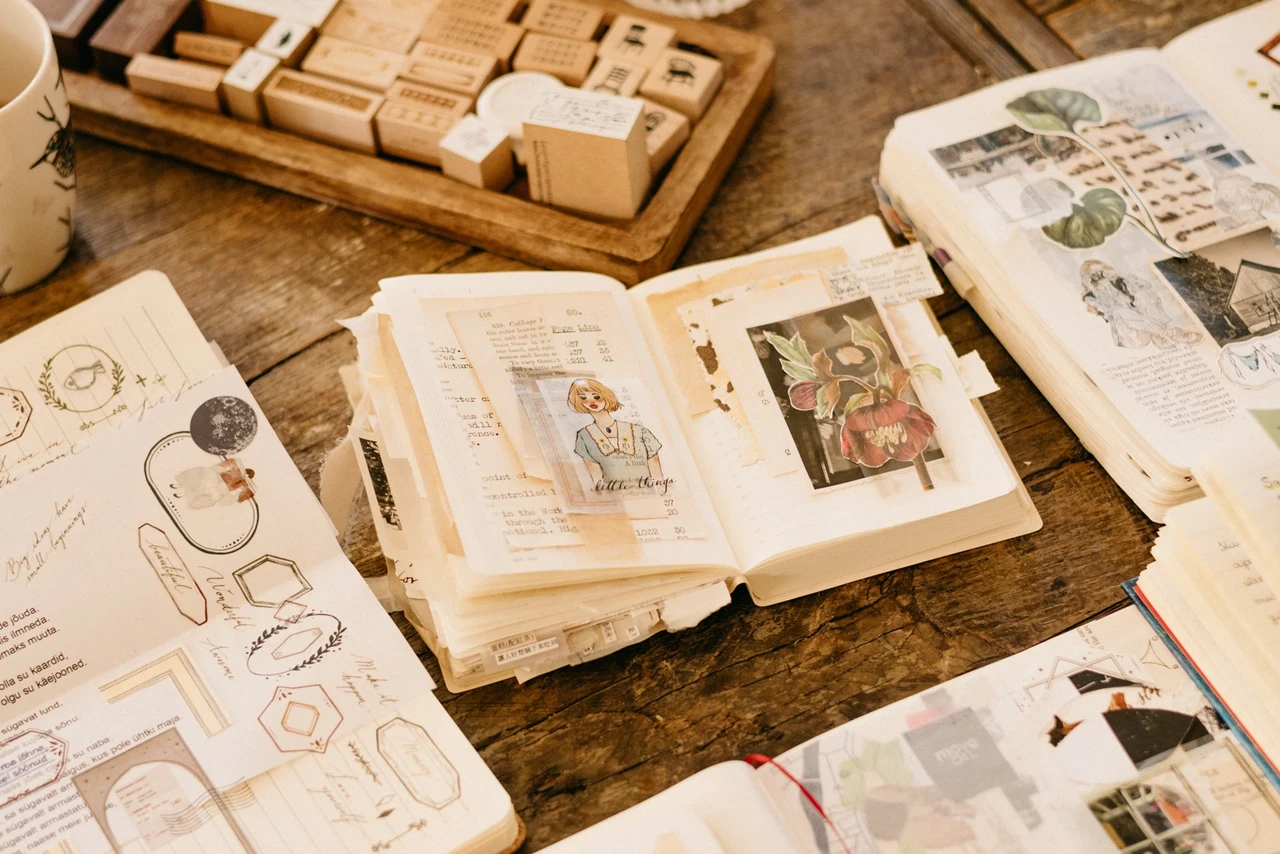I’ve been a devoted Hobonichi user since 2019 and have shared my experiences extensively on the Jonna Studio blog. Last year, I used the Hobonichi Original A6 and two Weeks planners—one as a book journal and the other as my everyday carry (EDC). I absolutely loved the Weeks format and felt completely at home in it.
This year, I was excited to return to the A6 Planner, especially with a full page to myself again. In previous years, I used the A6 to document my daughter’s daily life, which made it feel meaningful and consistent. But in 2025, the spark just hasn’t been there. After January, I found myself using it sporadically—for doodles, recipes, and to-do lists—but most pages remain empty.
My current Hobonichi Weeks (Black Paper Gingham) is now my reading log, book journal, and casual daily journal—but overall, my Hobonichi rhythm feels off this year.
For the past three years, I kept a daily journal in the Hobonichi Techo Planner to document my daughter’s early years. I rarely missed a day—it was a beautiful way to capture the fast-paced life of raising a baby and toddler. But by the end of last year, I realized I couldn’t keep up with the daily commitment anymore. Journaling after bedtime started to feel like just another task at the end of an already exhausting day.
In 2025, I transitioned to a more flexible system that better suits my current lifestyle. I now use an MD Paper A6 Grid notebook paired with the Hobonichi Weekly Supplement, all housed in a Hobonichi Tomitaro Makino cover. The Weekly Supplement lets me jot down short daily notes—like medical updates, hygiene routines, funny moments, and new skills—while the grid notebook is perfect for backfilling memories, adding printed photos, and highlighting each month. This new setup brings joy back into memory-keeping without the pressure of daily entries.
In 2025, I started using the Sterling Ink N2 Vertical Common Planner (Weeks size) for daily planning and notes related to Jonna Studio. At first, the vertical layout felt limiting—how was I going to fit anything in those narrow columns? But after a couple of months, I grew to love it.
The vertical format helps me prioritize key tasks, track orders and shipping, and easily migrate tasks to the next day. The Tomoe River paper is a dream to write on—even with fountain pens—and the planner includes generous note pages in the back for longer entries and brainstorming.
It’s become the perfect planner for managing my small business: compact, elegant, and highly functional.
The MD 1Day1Page Diary is a compact daily planner that has gained popularity among collage journalers—and for good reason. I started using it last year, and this practice is still going strong in 2025. While I don’t manage to create a collage every single day, the pages are filling up fast, and the diary is already delightfully chunky.
The MD Paper handles glue, fountain pen ink, and layering beautifully, making it one of my all-time favorite journals. It’s more than just a planner—it’s a creative outlet and a safe space. This journal holds my thoughts, my art, and my emotions. It keeps me grounded and brings me joy.
Reflecting on the first half of 2025, it’s clear that my journaling journey continues to evolve with my lifestyle, creative needs, and personal growth. From experimenting with new planner formats like the Sterling Ink N2 and rediscovering the joy of vertical layouts, to embracing more flexible memory-keeping systems and investing in quality covers that inspire daily use—this year has been all about finding balance. Some tools, like the Hobonichi A6, didn’t resonate the same way they once did, while others, like the MD 1Day1Page Diary have remained my favorites. What remains constant is the grounding power of journaling—whether through words, photos, or collage.
